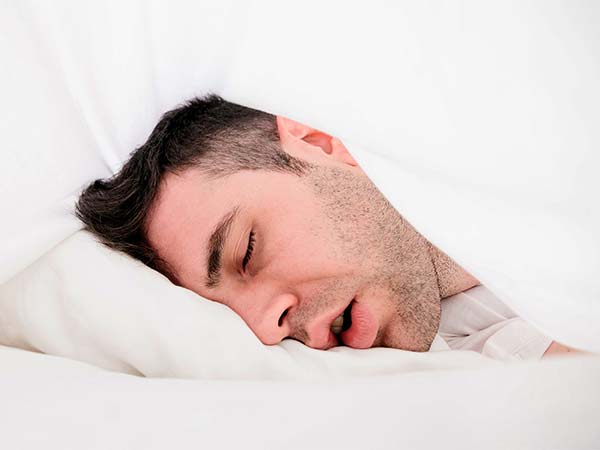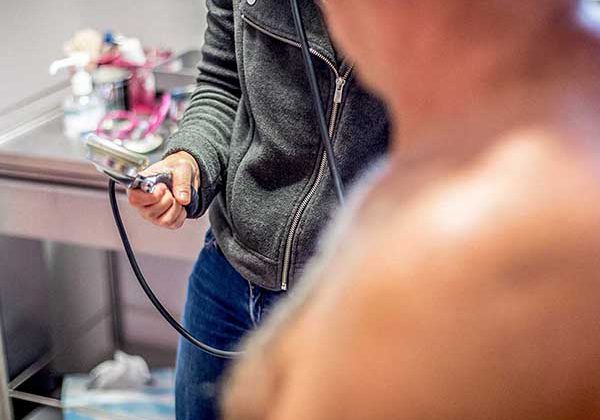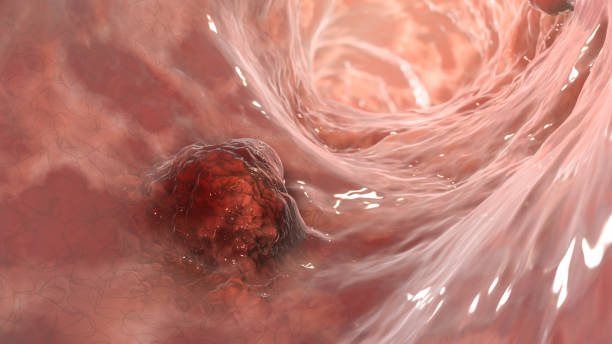Blood pressure rising at night linked to doubling risk of death in adults with diabetes
Adults with type 1 or type 2 diabetes whose blood pressure increased at night had more than double the risk of dying compared to those whose blood pressure “dipped” during sleep, according to a 21-year study presented at the American Heart Association’s Hypertension Scientific Sessions 2021.
Blood pressure normally declines, or dips, during sleep. If blood pressure does not adequately decrease during the night, it is called “non-dipping.” If blood pressure increases at night relative to daytime levels, the phenomenon is referred to as “reverse dipping.” These abnormal blood pressure patterns are associated with increased risks ofcardiovascular complications and death in adults with type 1 or type 2 diabetes.
“Previous studies have shown that non-dipping is linked to kidney and cardiovascular disease in healthy individuals and in people with hypertension, or type 1 or type 2 diabetes,” said study author Martina Chiriacò, M.D., an investigator in the department of clinical and experimental medicine at the University of Pisa in Pisa, Italy. “However, the long-term effects of non-dipping on death among people with diabetes remains unclear, and information on reverse dippers is extremely scarce. We sought to investigate these two aspects to highlight whether altered patterns of blood pressure might predict mortality risk in people with type 1 or type 2 diabetes.”
The researchers also assessed the role of heart rate variability in their study group. Heart rate variability is a measure of the variation in times between each heartbeat.
“Low heart rate variability is associated with worse health for people with heart failure and increases the risk of coronary artery disease in the general population. However, there is still a scarcity of long-term information on the association of reduced heart rate variability with mortality among people with type 1 or type 2 diabetes,” Chiriacò said.
Researchers studied 349 adults with diabetes in Pisa, Italy, beginning in 1999. Half of the participants were women, and 284 had type 2 diabetes while 65 had type 1 diabetes. Chiriacò reports that 82% had hypertension and 73% of the total had uncontrolled hypertension despite taking blood pressure-lowering drugs. There were 136 deaths during the 21-year follow-up period – through 2020. All had 24-hour ambulatory blood pressure monitoring.
Participants were categorized as dippers when blood pressure decreased 10% or more during the night compared to daytime hours. Non-dippers were those who had nocturnal blood pressure that decreased less than 10% compared to daytime, and reverse dippers had nighttime blood pressure increases of 0.1% or greater compared to daytime levels.
Researchers found more than half of the participants had non-dipping blood pressure during the night, and 20% were reverse dippers. They also found:
Nearly one-third of reverse dippers had cardiac autonomic neuropathy versus 11% of who had no dips. Cardiac autonomic neuropathy is a serious complication of diabetes in which the nerves that control the heart and blood vessels are damaged. This nerve damage affects blood pressure and heart rate regulation, increasing the risk of death and cardiovascular events.
Compared to dippers, reverse dippers had an average of 2.5 years reduced survival, and non-dippers had an average of 1.1 years reduced survival.
Reverse dippers showed more than a two-fold increase in the risk of death from all causes compared those who had dipping, and a 1.9-fold risk increase compared with non-dippers. There was no significant difference in mortality risk between dippers and non-dippers.
Reverse dippers were more likely to be older and to be treated for hypertension and showed signs of hypertension-related heart damage.
Participants with high blood pressure only during the night showed a reduction in survival similar to that of those who had 24-hours of sustained high blood pressure , with an average survival reduction of 1.2 years.
Individuals with low heart rate variability over 24 hours had an average reduction in survival of 1.8 years.
“Our study shows that 1 in 10 people with type 1 or type 2 diabetes could be a reverse dipper, and that this condition likely more than doubles the risk of death from any cause over 21 years’ time, regardless of blood pressure control,” Chiriacò said. “It is important that health care professionals look for abnormal blood pressure dipping patterns in people with type 1 or type 2 diabetes. There are strategies to reduce blood pressure during the night.”
She noted that ambulatory blood pressure monitoring is an inexpensive, widely available screening and monitoring tool for the diagnosis of abnormal blood pressure and heart rate circadian variations. Chiriacò said, “We support using this screening to optimize treatment for people with diabetes.”
A study limitation is that the researchers did not define the prevalence of cardiovascular disease among participants with diabetes at the beginning of the study, which could have helped to determine if there were differences in mortality risk among those who had preexisting cardiovascular disease versus those who did not. In addition, the study participants were predominantly white adults, therefore, the findings should be validated in populations with more racial and ethnic diversity. “This is particularly important since non-dipping has been reported to be more common among people with African or Hispanic ancestry,” Chiriacò said.
Source: American Heart Association
Full bibliographic information
American Heart Association Hypertension Scientific Sessions 2021
TAC01. Award Session – Trainee Advocacy Committee Early Career Awards Session Featuring: The Stephanie Watts Career Development Award and The Hypertension Early Career Oral Award (Presentation: #T1)
Abstract Title – Prognostic Value Of 24-hour Ambulatory Blood Pressure And Heart Rate Patterns In Diabetes: A 20-year Longitudinal Analysis Of The Chronic Diabetes Complications And All-cause Mortality In Pisa From 1999 Onwards (CHAMP1ON) Study Cohort





